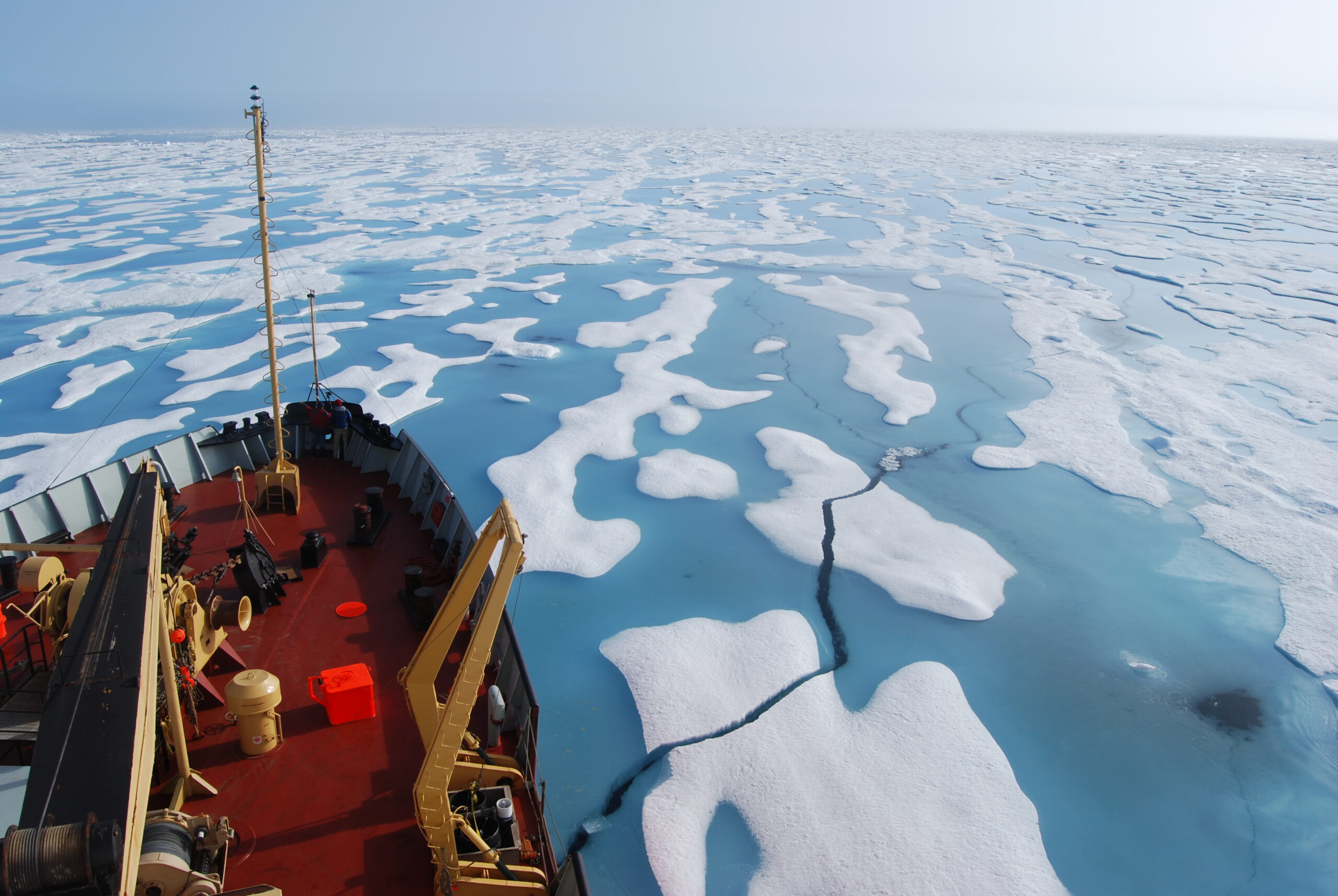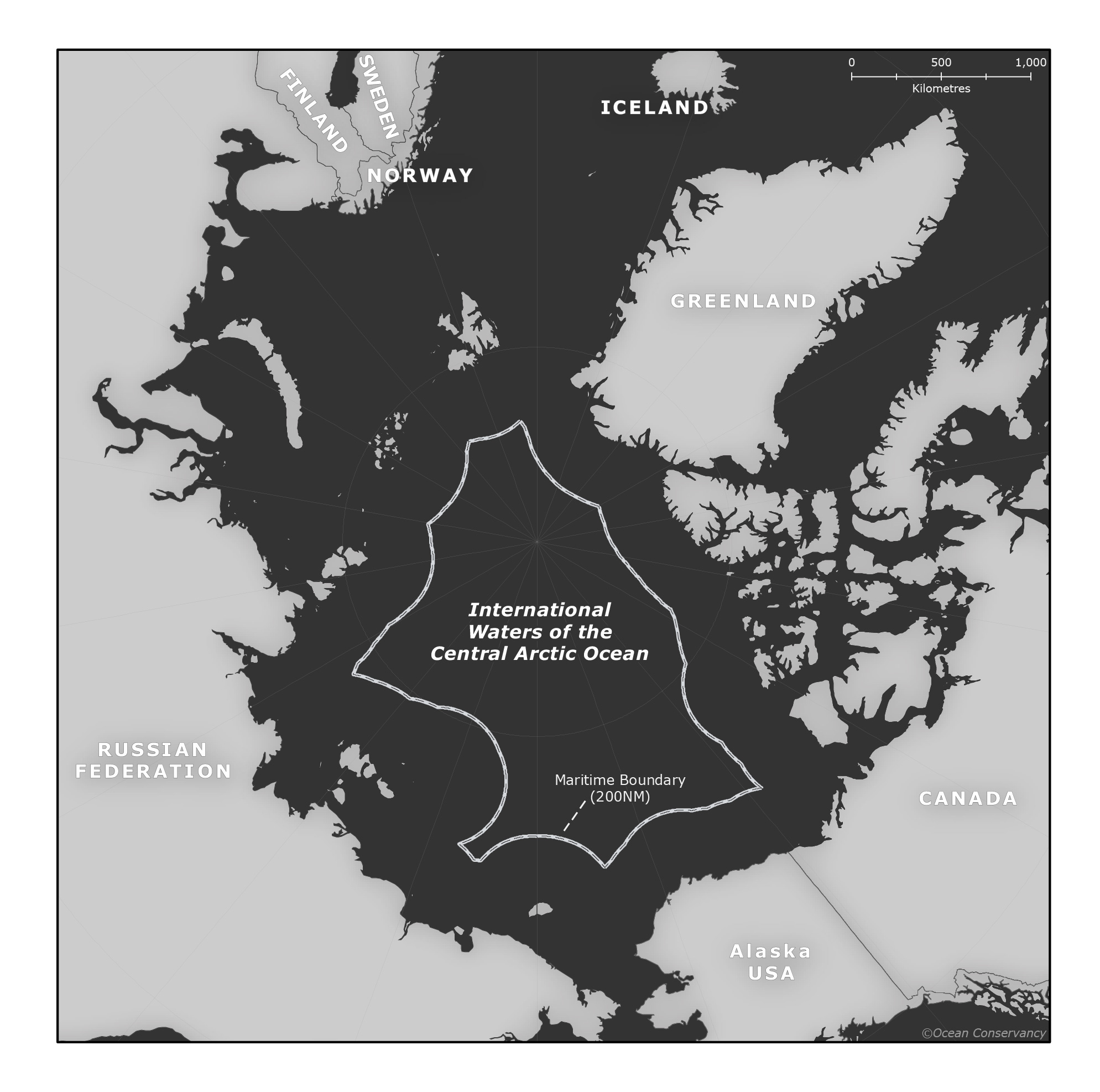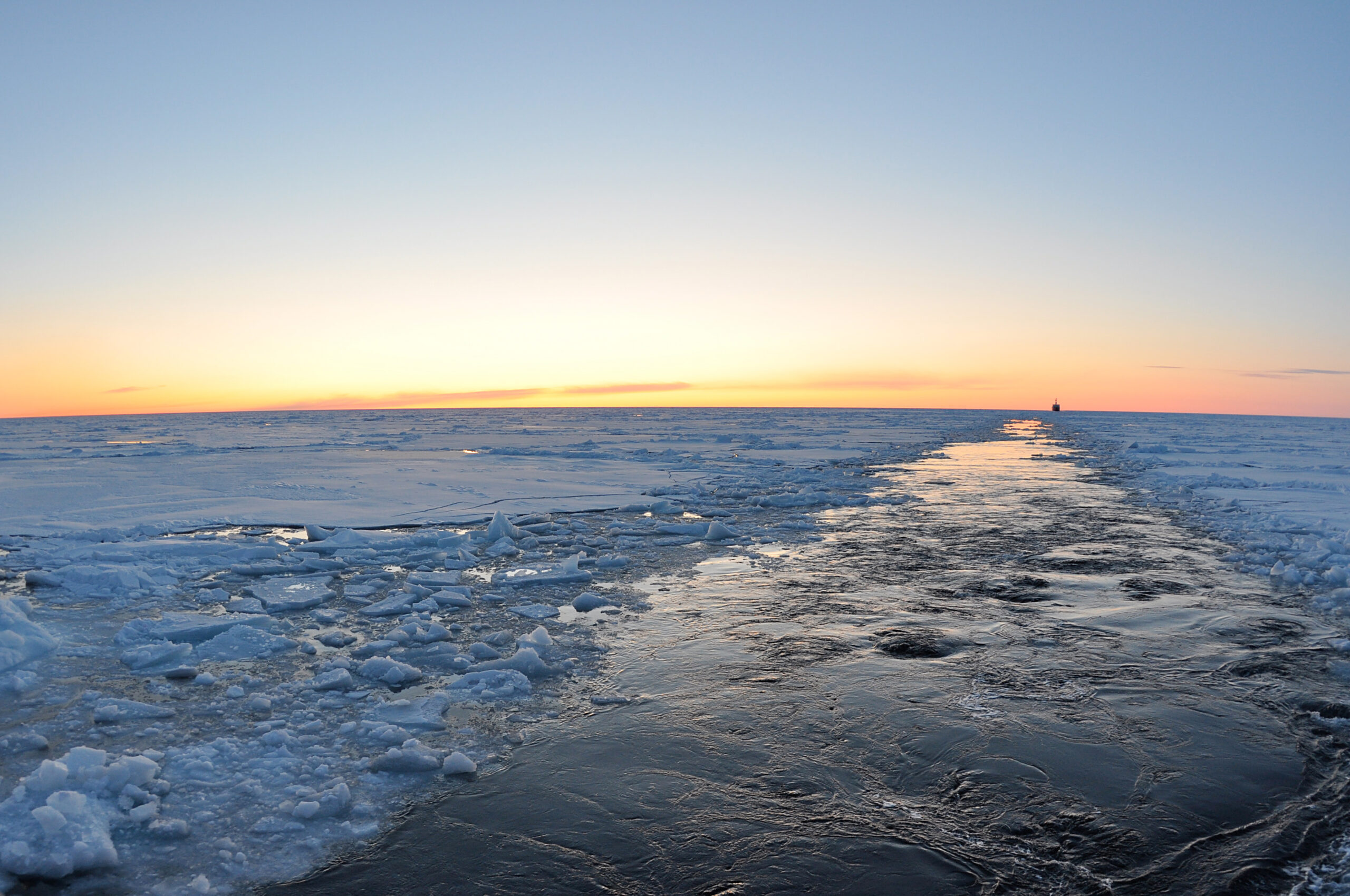What’s Next for the Central Arctic Ocean?
Trans-Arctic shipping offers chance for better governance in the Arctic

Arctic shipping has received a lot of attention in recent years. Russia’s Northern Sea Route and Canada’s Northwest Passage offer access to Arctic locations and resources and shorter routes between Pacific and Atlantic ports. An even shorter passage is the transpolar route, straight through the international waters of the Central Arctic Ocean, which avoids coastal hazards and questions of jurisdiction by coastal countries. If sea ice continues to recede in summers, the transpolar route will become feasible for many commercial vessels within a few decades.
Traveling close to the North Pole will pose hazards, though, for both mariners and the environment. Ships in this area will be a long way from ports if they find themselves in distress. Ships also bring noise, pollution, and the potential for accidents, all of which can disturb wildlife and disrupt ecosystems. In a recent paper, my co-authors and I examine these risks and what can be done to reduce them.
The Polar Code, adopted by the International Maritime Organization (IMO), takes some important steps towards promoting maritime safety and environmental responsibility for Arctic shipping. Among other things, it requires that crews be trained specifically for Arctic conditions and hazards, and it limits the discharge of certain types of pollution. It does not, however, identify marine areas that require additional protection nor does it recommend specific routes to reduce risks.
In our paper, we propose that designated routes for transpolar shipping could make a substantial contribution to maritime safety and environmental protection. Such routes could help keep ships away from areas with high concentrations of sea ice, places where currents would carry disabled ships towards coastlines and areas of high ecological importance. Furthermore, if ships follow a regular route, they are more likely to be able to offer timely assistance in emergencies than if they are scattered across the Central Arctic Ocean.
But shipping routes alone do not address problems such as pollution and noise. A more comprehensive approach would be the designation of a Particularly Sensitive Sea Area, or PSSA. Under the IMO, such a designation could provide a framework for developing common-sense protective measures as we learn more about the Central Arctic Ocean’s ecosystems and responses to climate change. These measures could include prohibitions on discharges, designated shipping routes, speed limits, and other rules designed to make shipping safer and minimize its impacts.

Transpolar shipping is not likely to boom any time soon. Nonetheless, developing a strong governance system before ship traffic increases will be easier than waiting until transits are frequent and ships create their own standards by default rather than thoughtful planning. A prime example of good governance in this mode is the recent Agreement to Prevent Unregulated High Seas Fisheries in the Central Arctic Ocean, signed in October 2018. Like transpolar shipping, no one expects fishing vessels to travel to that region in the next few years. But developing a regulatory system now will be far easier than attempting to remediate the effects of unregulated fishing after the fact.
The Arctic has so far benefited from strong international cooperation on many fronts. Transpolar shipping is another opportunity to promote precautionary, cooperative governance as this region undergoes dramatic changes.